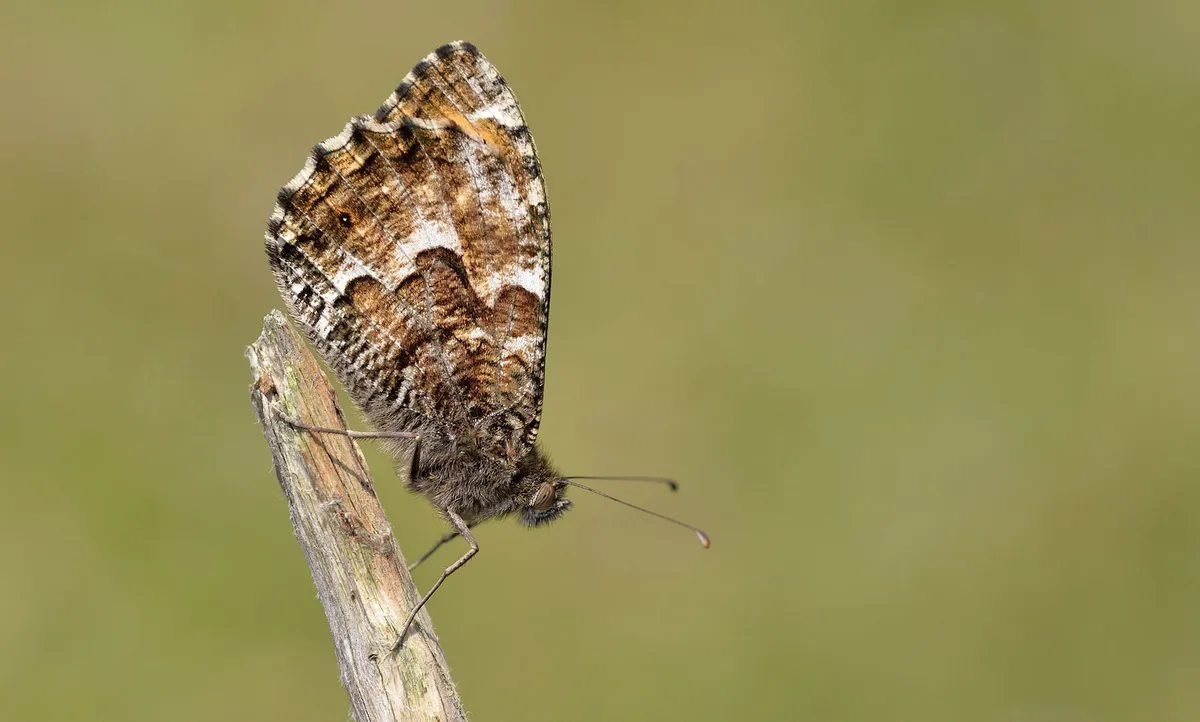Rare butterfly species, the grayling and grizzled skipper recorded their lowest numbers for the second year running in 2017, with a chilly spring and wet summer blamed for the further decline in both rare and common species.
The annual UK Butterfly Monitoring Scheme 2017 found that grizzled skipper numbers were down 9% compared to 2016, with the species declining by more than half since the 1970s. Grayling declined by 6% compared to 2016, with its population shrinking by 63% over the last decade.
The threatened dingy skipper saw numbers fall by 22% compared to 2016, while the rare marsh fritillary continued to experience a decline of 12% over the same period.
It wasn’t just rare species that struggled – the common large white, saw its numbers tumble by 19%, with the species now in a state of long-term decline. The other two common white butterflies also had a poor year, with the small white down 16% and green-veined white down 2%.

Butterfly Ecologist at the Centre for Ecology & Hydrology, Dr Marc Botham, said: “The weather can have a serious impact on individual species’ numbers each year as results from counts in 2017 show.
“However, populations can and do bounce back providing suitable habitat is available, and it is the long-terms trends, particularly the declines of a number of common and widespread species, which are of great concern.”
Despite the gloomy outlook, many species did enjoy a better year than 2016, with the widespread red admiral up 78% compared to 2016 and comma numbers rising by 91% compared to 2016, with both species increasing over the long-term.
According to scientists, the warm start to the year has also helped some spring butterflies, such as the threatened pearl-bordered fritillary whose numbers rose by 57% compared to 2016. This is a species that has also benefitted from targeted conservation work.
Head of monitoring at the Butterfly Conservation, Professor Tom Brereton, said: “There is little comfort in these results for the UK’s hard-pressed butterflies.
“2017 was the seventh worst in the 42-year series and makes it five below average years in a row. On the positive side, there is much good conservation work happening across the country, which will aid any recovery should we get a helping hand with the weather.”
The Annual Butterfly Monitoring Scheme has run since 1976 and involves thousands of volunteers collecting data through the summer. Last year a record 2,693 sites were monitored across the UK.
